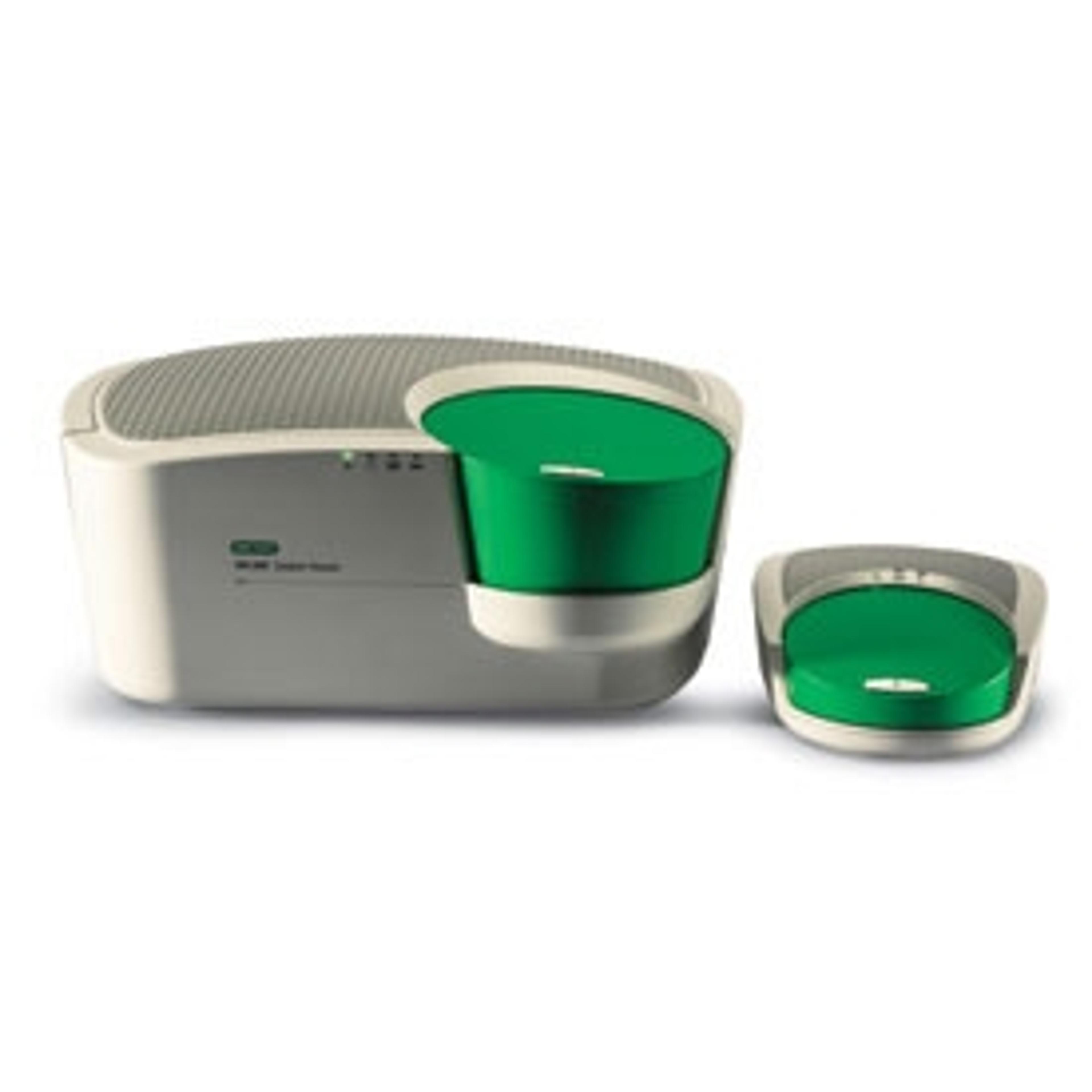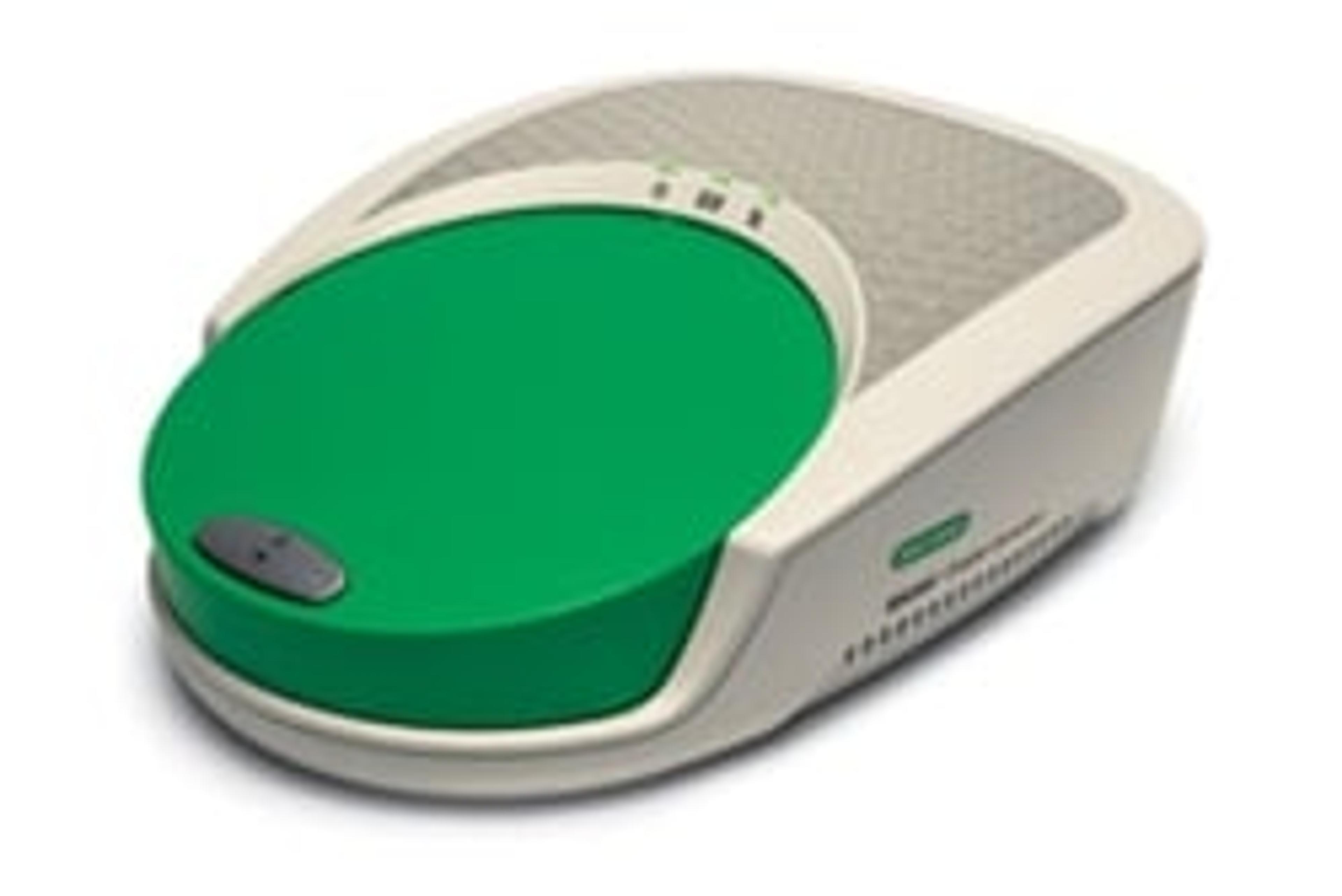Bio-Rad Announces CE IVD Marking of Its QX200 Droplet Digital PCR System for Use as an In Vitro Diagnostic
The first digital PCR instrument with the CE IVD mark
29 Feb 2016
Bio-Rad Laboratories, Inc. has announced CE IVD marking for its QX200™ Droplet Digital™ PCR (ddPCR™) System, the first digital PCR system with the CE IVD mark for use as an in vitro diagnostic (IVD) in the European Union.
With the CE IVD mark, medical practitioners in Europe can use the QX200 system for highly-accurate detection and quantification of nucleic acids, aiding clinical decision-making in the treatment of diseases ranging from cancer to transplant rejection and viral infection.
"CE IVD marking of the QX200 ddPCR System is Bio-Rad's first step in extending ddPCR technology to the clinic," said Annette Tumolo, Executive Vice President for Bio-Rad's Digital Biology Group. "As a diagnostic tool, our system is fast and cost-effective, making it ideal for realizing the promise of precision medicine."
One aspect of cancer precision medicine that will be rapidly influenced by the QX200 ddPCR System is liquid biopsy, an increasingly popular technique used to non-invasively genotype tumors, track treatment efficacy, and predict cancer recurrence. This form of biopsy shows great promise for guiding treatment decisions. Prospective trials are currently underway to evaluate the effectiveness of liquid biopsy in a clinical setting and, specifically, the utility of combined Droplet Digital PCR and next generation sequencing in analyzing genomic alterations.
Since 2011, Droplet Digital PCR has been available for research use only. The technology, which partitions a DNA or RNA sample into 20,000 droplets and amplifies targeted sequences within each droplet, allows scientists to precisely detect and quantify low concentrations of target DNA and RNA sequences. This enables a range of important genomic applications, including cancer mutation detection, gene copy number determination, viral load monitoring, and gene edit detection.


